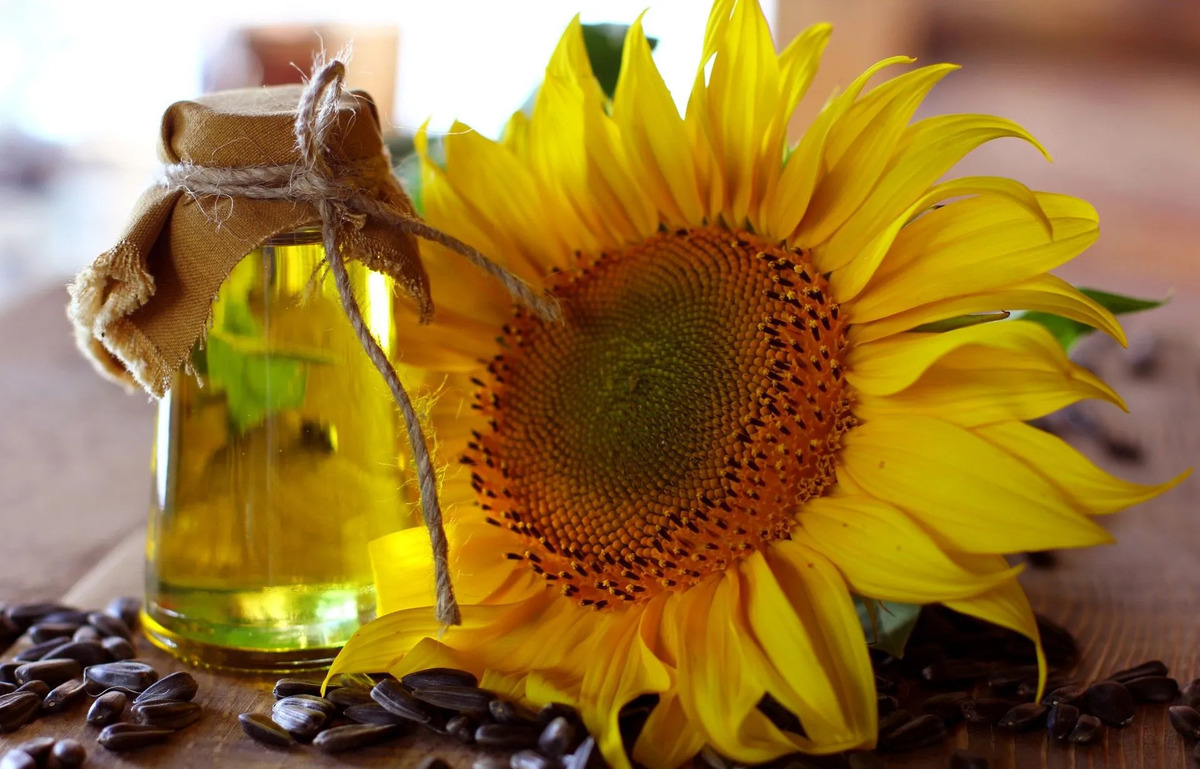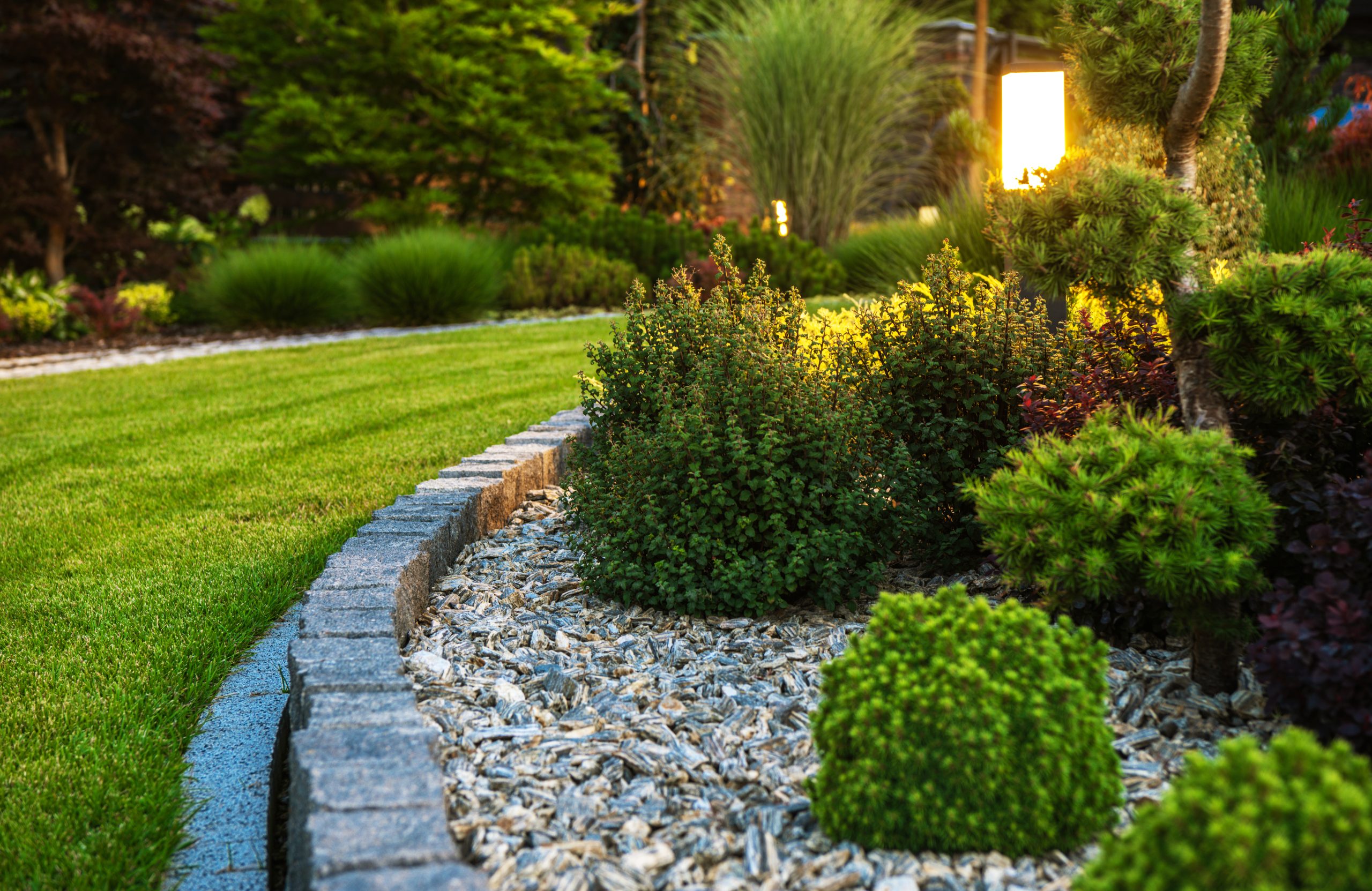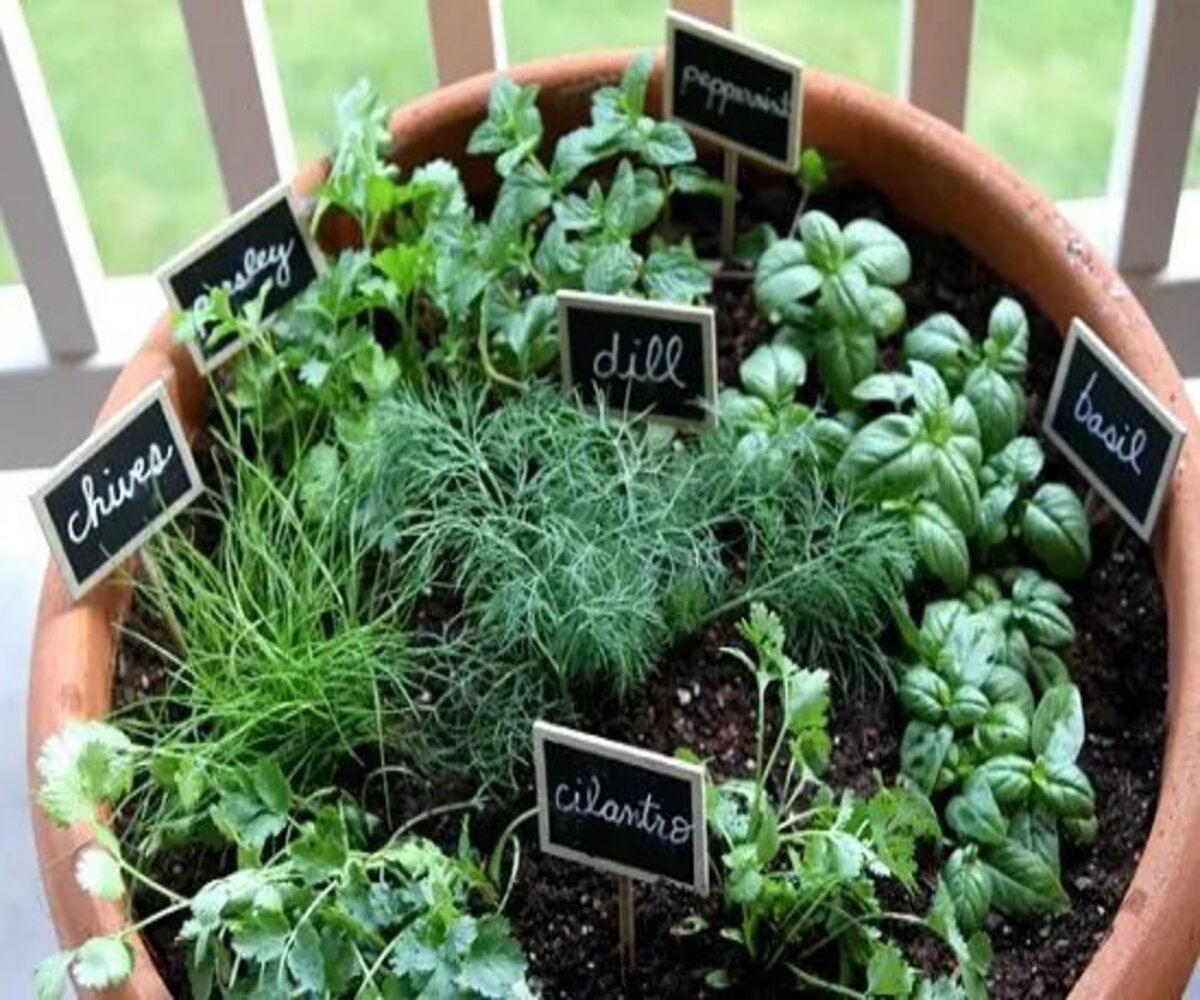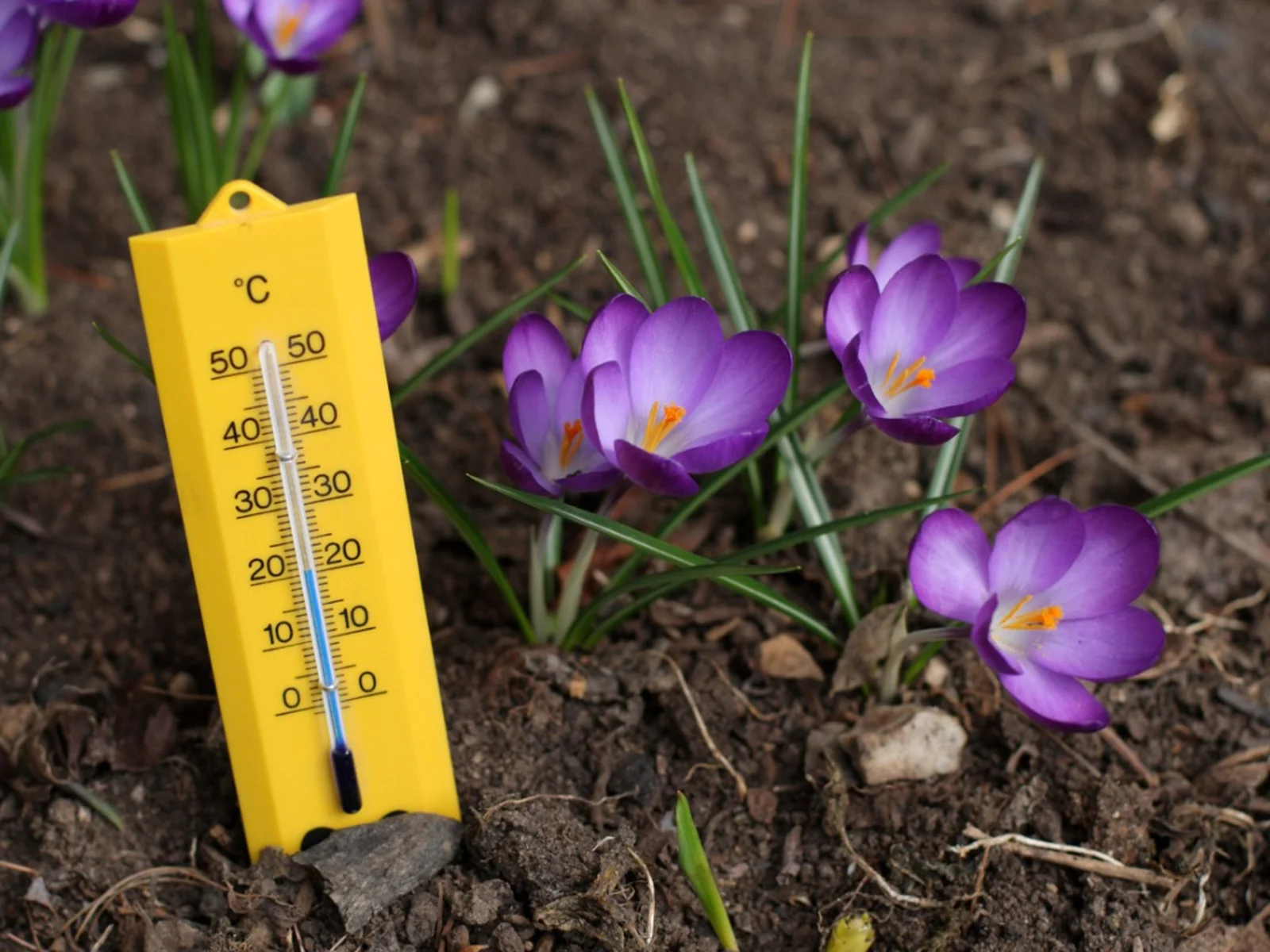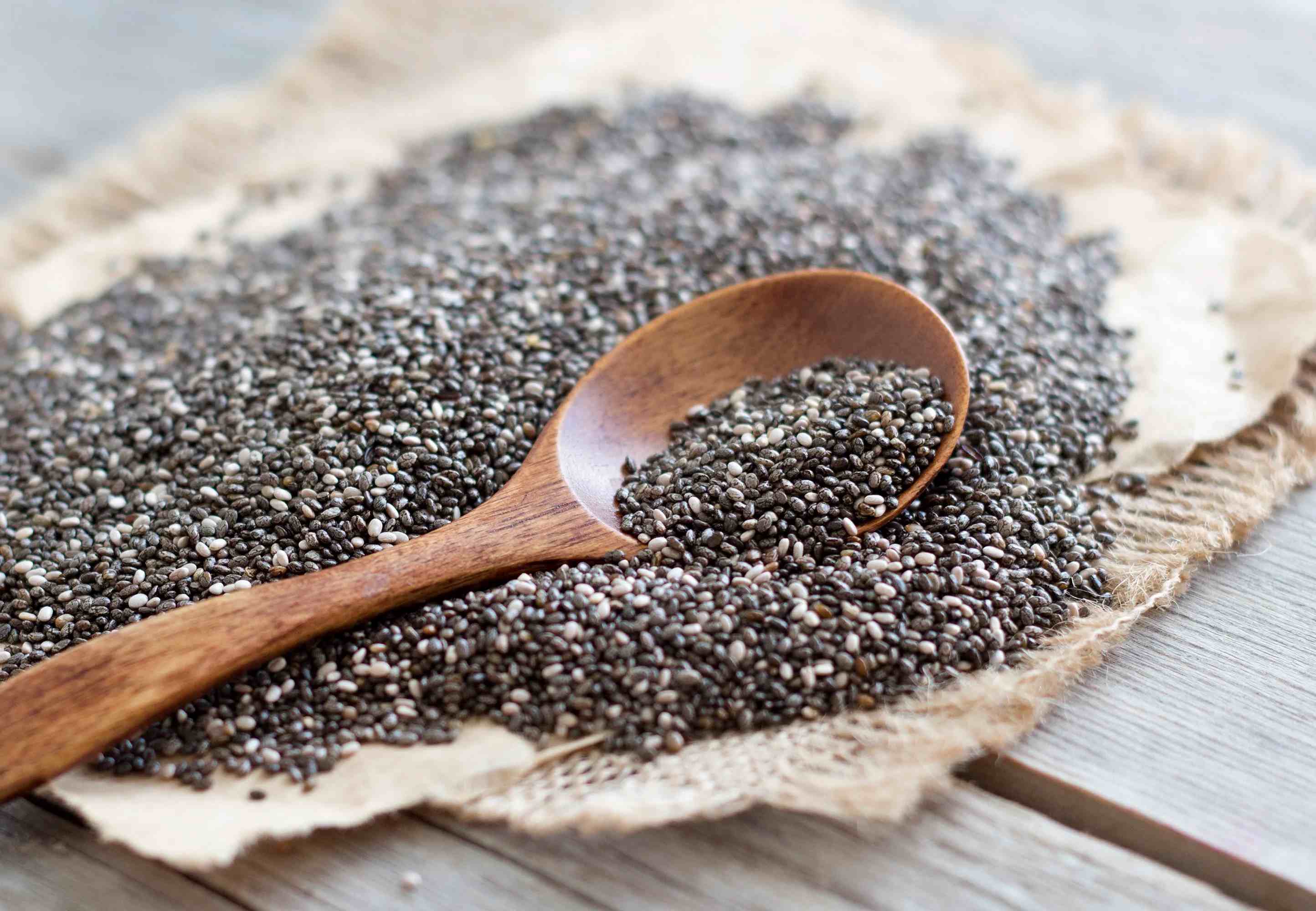Home>Types of Gardening>Container Gardening>What Insects Can You Put In A Terrarium
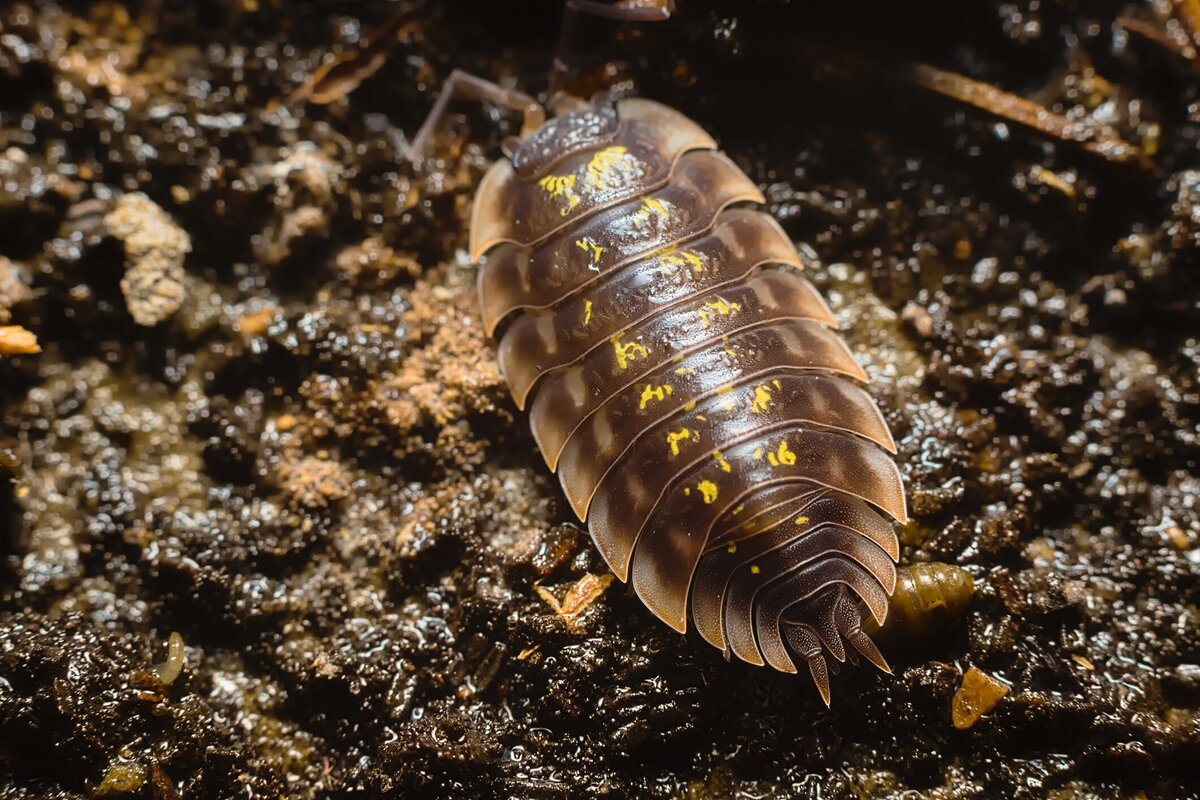

Container Gardening
What Insects Can You Put In A Terrarium
Published: December 2, 2023
Discover the fascinating world of container gardening with insects for your terrarium. Find out which insects can thrive in a terrarium environment and how to care for them.
(Many of the links in this article redirect to a specific reviewed product. Your purchase of these products through affiliate links helps to generate commission for Chicagolandgardening.com, at no extra cost. Learn more)
Table of Contents
Introduction
Welcome to the wonderful world of terrariums, where you can create your own miniature ecosystems indoors. Terrariums allow you to bring a slice of nature into your home, providing a unique and captivating display of plants and creatures. One of the key elements that can make a terrarium truly enchanting is the inclusion of insects.
Insects can add a whole new dimension to a terrarium, offering a sense of realism and fascination. From tiny ants to vibrant butterflies, there are a variety of insects that can thrive in a terrarium environment. But before you start rounding up bugs from your backyard, it’s important to choose the right insects and understand how to care for them properly.
In this article, we will guide you through the process of selecting the right insects for your terrarium, as well as provide tips on their care and maintenance. We will also explore the benefits of having insects in a terrarium, and how they can contribute to the overall health and beauty of your mini ecosystem.
So, if you’re ready to dive into the world of tiny creatures and create a captivating terrarium that will be the envy of all your friends, let’s get started!
Choosing the Right Insects for a Terrarium
When it comes to selecting insects for your terrarium, it’s important to choose species that are well-suited to the enclosed environment. Here are some factors to consider when making your selection:
- Size: Consider the size of your terrarium and choose insects that will fit comfortably. Small to medium-sized insects like ants, beetles, and springtails are typically good choices.
- Activity Level: Some insects are more active and require a larger space to roam, while others are more sedentary. If you have a smaller terrarium, opt for insects that are less active and don’t require much space to move around.
- Diet: Different insects have different dietary needs. Some insects are herbivorous and feed on plants, while others are carnivorous and feed on other insects. Make sure the insects you choose can be provided with the appropriate food source in your terrarium.
- Compatibility: Consider the compatibility of the insects you choose. Some species may have aggressive tendencies and could harm or disrupt the other inhabitants of your terrarium. Research compatibility before introducing new insects to your ecosystem.
- Availability: Check the availability of the insects you are interested in. Some insects may be easier to find and acquire than others, depending on your location.
Do thorough research on the specific insect species you are considering to ensure they are appropriate for your terrarium and that you can provide the necessary care and conditions for their well-being. Getting the right balance of insects in your terrarium will ensure a harmonious and fascinating microcosm of life.
Popular Insects for Terrariums
There is a wide variety of insects that can thrive in terrarium environments, each bringing its own unique charm and characteristics. Here are some popular insects that are commonly kept in terrariums:
- Ants: Ants are fascinating social insects that can be captivating to observe in a terrarium. They build intricate tunnels and colonies, adding a dynamic element to the ecosystem. Keep in mind that some ant species may require specific care, such as a separate feeding area and regulated temperature.
- Springtails: Springtails are tiny, wingless insects that are beneficial to have in a terrarium. They help break down decaying organic matter and contribute to the overall cleanliness and health of the ecosystem. Springtails are low maintenance and can thrive in a wide range of terrarium setups.
- Beetles: Beetles come in a variety of sizes, shapes, and colors, making them a visually appealing addition to a terrarium. They are scavengers and can help keep the terrarium clean by feeding on decaying matter. Be sure to research the specific dietary requirements of the beetle species you choose.
- Butterflies or Moths: Adding butterflies or moths to a terrarium can create a stunning visual display. These delicate insects require specific host plants for their caterpillars and ample space for their wings to flutter. Keep in mind that butterflies and moths have relatively short lifespans and may need to be periodically replaced.
- Praying Mantises: Praying mantises are beloved for their unique appearance and hunting behaviors. They are predatory insects that can help control other insect populations in the terrarium. Praying mantises require a larger terrarium and a suitable supply of live prey.
Remember, when selecting insects for your terrarium, it’s important to consider their compatibility with other inhabitants and the specific needs of each species. Each insect brings its own charm and contribution to the mini ecosystem, making your terrarium a captivating and ever-changing display of nature.
Care and Maintenance of Insects in a Terrarium
Proper care and maintenance are crucial for the health and well-being of the insects in your terrarium. Here are some essential guidelines to follow:
- Provide appropriate habitat: Create a habitat that mimics the natural environment of the insects you have chosen. This includes providing the right substrate, temperature, humidity, and lighting conditions. Research the specific requirements of each insect species and ensure that their needs are met.
- Feeding: Feed your insects with a diet that matches their natural feeding habits. Some insects may require live prey, while others may eat fruits, vegetables, or specialized diets. Make sure to provide a varied and balanced diet to meet their nutritional needs.
- Water source: Ensure that there is a proper water source available for your insects. This could be a shallow dish with clean water or a misting system to maintain humidity. Regularly monitor the water source to prevent stagnation or contamination.
- Cleaning: Regularly clean the terrarium to maintain a hygienic environment. Remove any uneaten food, excrement, or decaying matter. Consider introducing cleanup crew insects, such as springtails or isopods, to help with the breakdown of waste.
- Monitor health: Regularly observe the behavior and appearance of your insects. Look out for any signs of stress, illness, or parasites. If you suspect any health issues, consult an expert or veterinarian experienced in insect care.
- Environmental enrichment: Stimulate your insects’ natural behaviors by providing enrichment opportunities. This could include adding branches, leaves, or structures for climbing, hiding places, or materials for nest building.
It’s important to remember that caring for insects in a terrarium requires attention to detail and ongoing monitoring. By providing the appropriate habitat, proper nutrition, and regular maintenance, you can ensure the well-being of your insect companions and create a thriving and captivating terrarium ecosystem.
Creating the Ideal Habitat for Insects in a Terrarium
Creating a suitable habitat is essential for the health and happiness of the insects in your terrarium. Here are some key elements to consider when setting up their ideal environment:
- Substrate: Choose a substrate that mimics the natural habitat of your chosen insects. This could be a combination of soil, sand, moss, or leaf litter. Provide enough depth for burrowing insects and ensure proper drainage.
- Temperature and Humidity: Research the temperature and humidity requirements of your insect species. Use a thermometer and hygrometer to monitor and regulate the terrarium’s conditions. Consider using a heating pad, heat lamp, or misting system to adjust the environment if necessary.
- Lighting: Determine the lighting needs of your insects. Some species may require full spectrum lighting, while others may prefer low or indirect light. Consider using UVB lights for reptile species that also live in the terrarium.
- Plants: Incorporate live plants that are compatible with your insects’ needs. Choose plants that can thrive in the terrarium’s conditions and provide hiding spots, climbing surfaces, and natural food sources. Research which plants are safe for your insects to avoid toxic or harmful species.
- Structures and Hiding Places: Add structures such as branches, rocks, or logs for climbing and perching. Create hiding places using natural materials like bark or hollow tubes. These structures provide opportunities for exploration and mimic the insects’ natural habitats.
- Airflow: Ensure proper airflow within the terrarium. Good ventilation prevents the buildup of excessive moisture and helps maintain a healthy environment. Use ventilation systems or open the lid periodically to promote air circulation.
Regularly monitor the conditions within the terrarium and make adjustments as needed. Remember that every insect species has specific habitat requirements, so it’s crucial to research and understand the needs of your chosen insects to create an ideal and comfortable habitat for them.
Benefits of Having Insects in a Terrarium
Having insects in a terrarium can provide numerous benefits, both for the ecosystem within the enclosure and for the enjoyment of the observer. Here are some key advantages of including insects in your terrarium:
- Natural Balance: Insects play a crucial role in maintaining ecological balance. They contribute to the breakdown of organic matter, prevent the spread of pests, and control populations of harmful insects. Having insects in your terrarium creates a miniature ecosystem where natural processes can occur.
- Educational and Entertaining: Observing insects in a terrarium can be a captivating and educational experience. It allows you to witness their behaviors, life cycles, and interactions up close. By studying their habits and observing their interactions, you can gain a deeper understanding and appreciation for the natural world.
- Aesthetically Pleasing: Insects add visual interest and beauty to a terrarium. Whether it’s the colorful wings of a butterfly, the intricate tunnels and structures created by ants, or the gentle movements of a praying mantis, insects can enhance the aesthetics of the terrarium and create a visually appealing display.
- Stress Relief: Watching the activities of insects in a terrarium can have a calming and therapeutic effect. Their slow movements, rhythmic behaviors, and intricate patterns can help reduce stress and promote relaxation. Interacting with nature, even in a small scale, can have positive effects on mental well-being.
- Teaching Responsibility: Caring for insects in a terrarium can teach responsibility, especially for children. Providing proper nutrition, maintaining a clean environment, and ensuring the well-being of the insects can instill a sense of responsibility and an understanding of the importance of caring for living organisms.
- Conversation Starter: Having a terrarium with insects can spark interesting conversations and attract attention from visitors. It serves as a unique and engaging focal point, allowing you to share your knowledge and passion for insects and the natural world.
Having insects in your terrarium can create a dynamic and vibrant display of nature’s wonders. From their ecological contributions to their aesthetic appeal, insects bring life, beauty, and educational value to the terrarium, enriching both the observer and the overall ecosystem.
Conclusion
Incorporating insects into a terrarium can elevate your indoor gardening experience to a whole new level. As we’ve discussed, choosing the right insects, providing proper care, and creating an ideal habitat are all important factors in ensuring the success and enjoyment of your terrarium. The presence of insects can bring a sense of realism, natural balance, and aesthetic appeal to your miniature ecosystem.
By carefully selecting insects that are suited to the terrarium environment, you can create a harmonious and captivating display. Whether it’s ants creating intricate tunnels, springtails aiding in decomposition, vibrant butterflies fluttering around, or praying mantises acting as natural predators, each insect adds its own unique contribution to the overall beauty and balance of the terrarium.
Remember, thorough research and consideration of the needs and compatibility of the insects is essential. Providing the appropriate habitat, proper nutrition, and regular maintenance will ensure the health and well-being of your insect inhabitants. Pay attention to their behaviors, monitor their health, and make adjustments to the environment as needed.
Having insects in a terrarium not only offers educational and entertainment value, but it also provides stress relief and a connection to the natural world. It is a wonderful way to bring a piece of nature into your home and immerse yourself in the beauty and wonders of the insect world.
So, get ready to embark on your terrarium journey, filled with fascinating insects, captivating behaviors, and a sense of wonder. Enjoy the process of creating and caring for your terrarium, and let the presence of insects bring joy, curiosity, and a deeper appreciation for the intricate complexities of nature.

